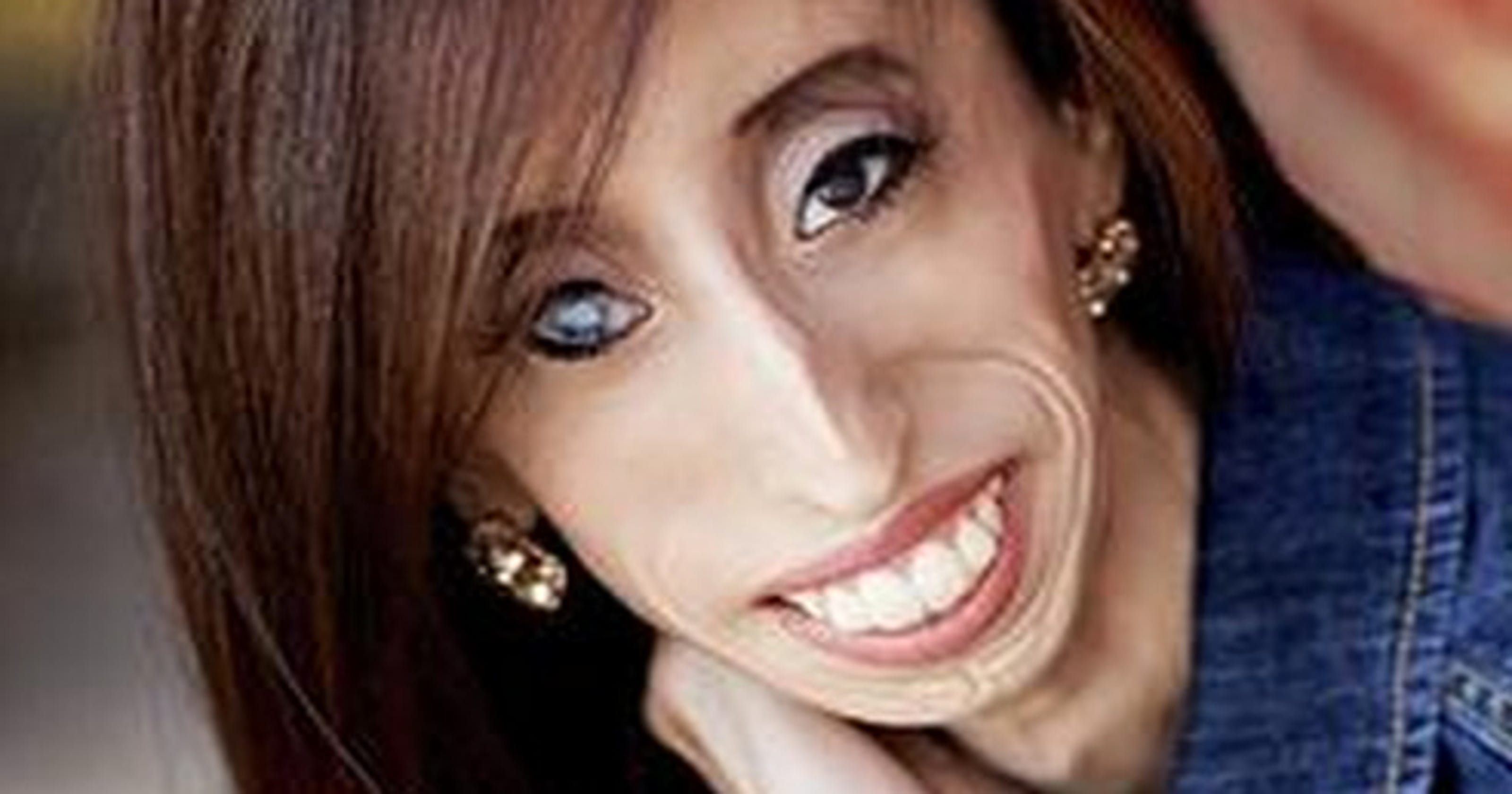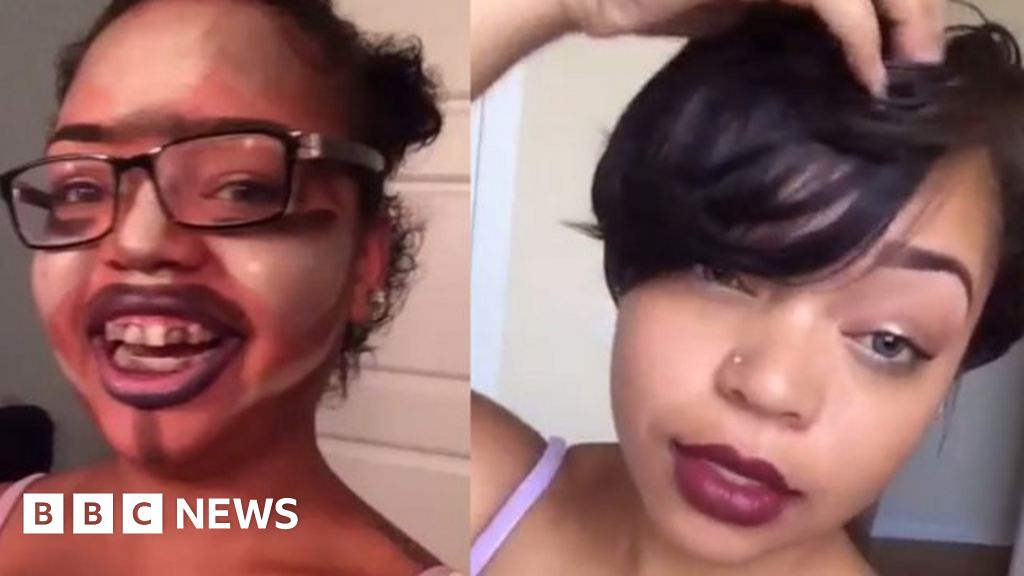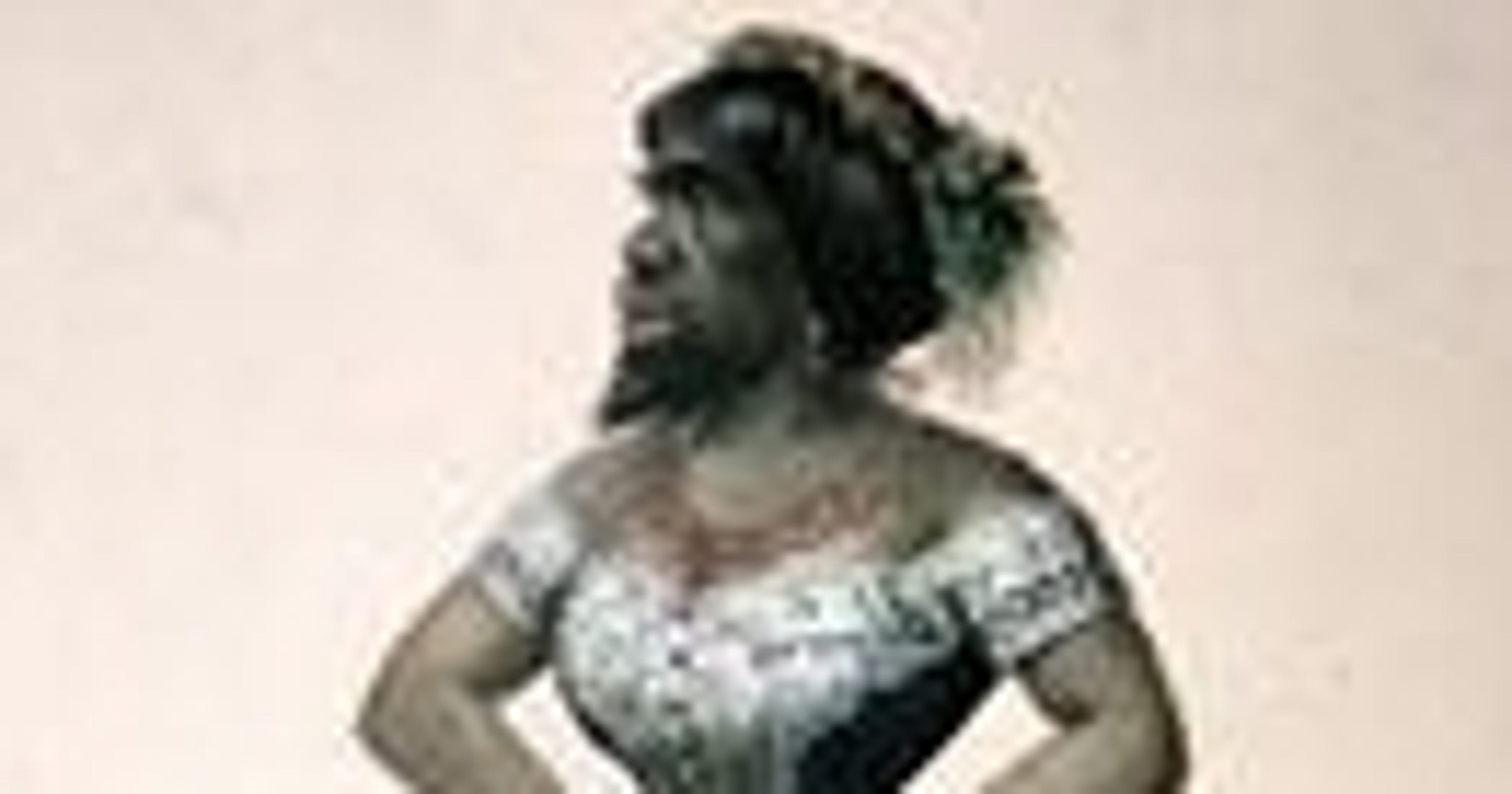"Ugly People" - Rethinking Appearance And True Worth
When we think about how people look, it is almost certain that our minds go to all sorts of pictures and ideas about what is pleasing to the eye. For ages, people have captured images of human beings, creating vast collections that show just how diverse we all are. These visual records, you know, sometimes include faces that don't quite fit what many might call the usual idea of beauty. It's a really interesting thing to consider, this whole business of what we find appealing in a person's outward form.
In some respects, the availability of so many pictures, like the many thousands of "ugly person" photos that can be found for download, brings up a bigger conversation. It makes us pause and, basically, think about how we define what is attractive and what is not. This isn't just about a few pictures; it's about the general way society looks at physical traits and how those traits are judged. There's a whole world of visual content out there, and it really makes you wonder about the standards we hold.
So, as a matter of fact, this exploration of how we see and categorize human appearance goes beyond just looking at pictures. It invites us to consider the deeper meanings behind these labels and the varied ways in which individuals are perceived. We can, you know, look at the surface, but there's often much more to a person than what meets the eye, and that's a key part of this whole discussion.
Table of Contents
- What Makes a Face Unattractive?
- Is Inner Beauty More Important for "Ugly People"?
- Exploring Visual Collections of "Ugly People"
- The Celebrity Factor and "Ugly People"
- Do Cosmetic Choices Define "Ugly People"?
- How Do We Perceive "Ugly People"?
- Celebrating the Many Faces of "Ugly People"
What Makes a Face Unattractive?
When we talk about someone being "unattractive" or, basically, "ugly," it really brings up a lot of questions about what those words actually mean. The very idea of "ugly people" points to individuals who are simply not considered beautiful by general standards. It's a term that describes people whose physical features are, you know, not seen as pleasing to the eye in an artistic sense. This definition, you see, comes from how we generally judge how things look, especially when it comes to human forms. It's a way of sorting out appearances based on what society tends to find appealing or not so appealing.
To be more specific, the definition often refers to how a person's outward qualities are judged as being, in some respects, not ideal in terms of looks. So, when someone is labeled as having "unfavorable aesthetics," it just means their physical traits don't quite line up with what is widely considered lovely or good-looking. It's a way of saying that, basically, their appearance doesn't meet a certain widely held standard of beauty. This isn't about their character or who they are inside, but purely about the visual impression they make. It's a very surface-level way of looking at things, and it's interesting to consider how these ideas take hold.
In very straightforward language, when people speak of "ugly people," they are simply referring to individuals who are viewed as not having attractive qualities in their looks. This often boils down to how their physical attributes are received by others, and whether those attributes align with what is, you know, generally thought of as good-looking. It's a rather common way of describing someone's appearance, and it's rooted in the shared ideas of what beauty is. However, as we will see, this general idea is just one piece of a much larger picture, and it doesn't really tell the whole story about a person's worth or appeal.
Is Inner Beauty More Important for "Ugly People"?
It's often said that true beauty comes from within, and this idea, you know, really takes on a special meaning when we consider how people are judged by their outward appearance. Think about famous individuals, for example; many might seem outwardly lovely, but some are, basically, described as being "ugly to the bone" on the inside. This contrast highlights a really important point: a person's true character and spirit can be quite different from their public image or how they look. It suggests that what's inside, like kindness or honesty, holds a lot more weight than just a pretty face. This perspective, in fact, challenges us to look past the surface.
On the other hand, there are people who, you know, might not have the features that society generally calls beautiful, or perhaps they've even made some choices about their looks that didn't quite turn out as planned. Despite this, they could still be truly delightful individuals on the inside. This inner goodness, this genuine warmth, is, you know, a far more accurate way to measure a person's real appeal. It's about their actions, their heart, and how they treat others, which are qualities that truly last. So, in some respects, what's inside a person is what truly matters, regardless of what their mirror reflects.
So, when we talk about what makes a person genuinely appealing, it's really about their inner qualities. Someone might have a face that isn't typically seen as attractive, but if they possess a kind spirit, a generous heart, or a brilliant mind, those qualities, you know, shine through. These aspects of a person are what truly draw others in and create lasting connections. It's a bit like saying that while the cover of a book might catch your eye, it's the story inside that truly captivates you. This focus on inner worth is, basically, a much richer and more meaningful way to think about human appeal, moving beyond just the superficial. It teaches us that, you know, what truly defines a person is not their looks, but their character.
Exploring Visual Collections of "Ugly People"
The sheer number of images available, like the many thousands of "ugly person" photos ready for download, really shows how widely available visual content is today. These collections, you know, aren't just a handful of pictures; they represent a vast visual record of human faces that don't fit into conventional beauty boxes. The existence of so many pictures, whether they are free to use or part of larger, exclusive libraries, brings up a lot of interesting questions about how we categorize and share images of people. It's a very clear sign of how readily we can access and distribute visual information in our world, and it makes you think about the reasons behind such collections.
You can, for example, find more than a hundred of the best free images of "ugly people" readily available. This ease of access means that these kinds of pictures are just a few clicks away for anyone looking for them. And it's not just the free ones; there are also opportunities to get exclusive photos, illustrations, and more from bigger stock image services. This availability, basically, points to a demand for these kinds of images, whether for artistic projects, academic study, or simply to represent a broader spectrum of human appearance. It's a bit like a giant visual library, where every kind of face has a place, and that's a pretty interesting thought.
So, the existence of these vast picture archives, which include a wide array of "ugly people" images, suggests a need to capture and share the full range of human looks. It's not just about what is typically considered beautiful; it's about acknowledging and, you know, making visible all sorts of faces. These collections, in some respects, serve as a reminder that human appearance is incredibly varied, and that every person's face tells a story. They also show how powerful image sharing has become, allowing us to see and share so many different kinds of visual information. It really highlights the idea that, basically, there's a place for every kind of face in our shared visual landscape.
The Celebrity Factor and "Ugly People"
In the public eye, particularly among famous individuals, there's a fascinating contrast between outward appearance and inner character. Many well-known personalities, you know, might be seen as incredibly good-looking on the outside, yet some are, basically, thought to be quite unpleasant in their true nature. This idea of being "ugly to the bone" when it comes to character, even if one possesses a conventionally attractive face, really makes you think about what true beauty is. It suggests that public perception, which often focuses on looks, can be quite different from the real person underneath. This distinction is, in fact, often talked about, showing that what is truly important is not just the surface.
This contrast is particularly noticeable with people who are constantly in the spotlight, where their image is so carefully managed. Sometimes, a person might appear to be, you know, perfectly put together and visually appealing, yet their actions or personality might reveal a less desirable side. It’s a very interesting point because it challenges the idea that outward attractiveness equals inner goodness. This shows that, in some respects, the pressures of fame can sometimes create a disconnect between how someone looks and who they truly are. It’s a reminder that we shouldn't judge a book by its cover, especially when that cover is, you know, carefully crafted for public consumption.
So, the stories of famous people often serve as a powerful example of how looks can be deceiving. They show us that while someone might have all the physical traits that society praises, their inner self might be, basically, lacking in kindness or integrity. This really emphasizes the point that true appeal comes from character, not just from what you see. It's a lesson that, you know, we often need to be reminded of, especially in a world that puts so much emphasis on outward appearance. The idea that someone can be "ugly to the bone" despite being outwardly "pretty" is a strong statement about the importance of inner qualities over superficial ones, and that's a really good thing to remember.
Do Cosmetic Choices Define "Ugly People"?
Sometimes, individuals who are talked about in lists or articles might have, you know, made some choices regarding cosmetic changes that didn't quite go as planned. Perhaps they chose practitioners who weren't the best, leading to results that didn't improve their appearance in the way they hoped. However, it's really important to remember that these choices, or the outcomes of these procedures, don't define a person's inner worth or their overall appeal. Even if someone's cosmetic changes are seen as less than ideal, they can still be, basically, genuinely lovely people on the inside. This perspective shifts the focus from external alterations to the enduring qualities of character, and that's a much fairer way to look at things.
The idea that a person's appeal is measured by their inner qualities is, you know, a very accurate way to think about beauty. It suggests that what truly matters is not whether someone has had a cosmetic procedure, or how that procedure turned out, but rather their spirit, their kindness, and their personality. A person might have chosen a less-than-perfect surgeon, and their physical appearance might reflect that, but this does not, in fact, take away from their inherent goodness. It’s a crucial distinction to make, separating the temporary and changeable aspects of appearance from the more permanent and meaningful aspects of who a person is. So, in some respects, these choices don't make someone "ugly people" in the true sense of the word.
So, we can see that even when cosmetic choices are part of the conversation, they don't, basically, tell the whole story of a person's appeal. The focus should always return to the inner qualities, which are the real measure of someone's beauty. It’s about recognizing that a person’s spirit and character are far more significant than any physical alteration or perceived flaw. This viewpoint encourages us to look beyond the surface, beyond the work of any cosmetic professional, and to truly see the individual for who they are within. It's a powerful reminder that, you know, true attractiveness is a matter of the heart and mind, not just the skin.
How Do We Perceive "Ugly People"?
Our perception of what makes someone "ugly people" is, you know, deeply rooted in societal ideas about beauty. The way we view individuals who don't fit conventional standards of attractiveness is shaped by countless influences, from media portrayals to personal experiences. It's a very subjective thing, this idea of what is pleasing to the eye, and what is not. What one person finds appealing, another might not, and this variation is, in fact, a natural part of human perception. So, the concept of "unattractive" is not a fixed, universal truth, but rather a fluid and culturally influenced idea that changes over time and across different groups of people. It makes you wonder, basically, about the origins of these judgments.
When we label someone as "unattractive," it often comes from a place of comparing them to an idealized image that exists in our minds or in popular culture. This comparison can lead to judgments that are, in some respects, unfair or narrow-minded. The very act of categorizing people based on their looks can, you know, overlook the vast richness and diversity of human appearance. It's a way of simplifying something that is incredibly complex and varied. This perception, therefore, is not just about the individual being looked at, but also about the standards and expectations of the person doing the looking. It's a two-way street, where both the viewer and the viewed contribute to the perception, and that's a really important thing to keep in mind.
So, the way we perceive "ugly people" is, basically, a reflection of our own ideas about beauty and what we value in appearance. It’s about challenging ourselves to look beyond initial impressions and to question the origins of our judgments. This means recognizing that everyone has a unique look, and that beauty is, you know, not a single, unchanging standard. It's about opening our minds to the idea that there is appeal in many different forms, and that true appreciation comes from seeing the whole person, not just their surface. This broader way of seeing is, in fact, much more inclusive and, basically, celebrates the full spectrum of human looks.
Celebrating the Many Faces of "Ugly People"
Despite the common use of terms like "ugly people," there's a powerful and growing movement to celebrate the sheer variety of human appearance. Images that might once have been labeled as unattractive are now, you know, being seen as unique and possessing an unconventional beauty. This shift in perspective is, in some respects, a wonderful thing, as it encourages us to appreciate the richness that comes from having so many different kinds of faces in the world. It's about moving away from a narrow view of what is considered good-looking and embracing the idea that every person's appearance has its own special qualities. This recognition of varied looks is, in fact, a very important step towards a more accepting world.
These images, whether they are of faces with distinct features or those that challenge traditional ideas of attractiveness, are, basically, a way of celebrating the incredible diversity of human appearance. They remind us that beauty is not just one thing; it comes in countless forms and expressions. Each face, you know, tells its own story, and these stories are part of what makes our world so interesting. By highlighting unique and unconventional looks, we are, in some respects, expanding our understanding of what it means to be appealing. It's about finding charm and character in every kind of face, and that's a pretty powerful idea.
So, the focus is now on acknowledging and appreciating the full range of human looks, rather than just a select few. This means recognizing that every person's face, regardless of whether it fits common beauty standards, contributes to the overall richness of human diversity. It’s about seeing the individual qualities that make each person distinct and, you know, finding beauty in those differences. This celebration of varied appearances is, basically, a step towards a more inclusive and accepting way of seeing the world. It teaches us that, you know, true appreciation comes from embracing all the unique ways people look, rather than trying to fit them into a single mold.
This article has explored the concept of "ugly people" by looking at how appearances are judged, the role of inner character versus outward looks, and the vast collections of images that exist. We've considered how societal standards shape our perceptions, the unique position of celebrities, and the impact of cosmetic choices. Finally, we touched upon the growing appreciation for the incredible diversity of human faces, moving beyond narrow definitions of beauty to celebrate the rich tapestry of human appearance.

'World's Ugliest Woman' faces bullies in new film

#BBCtrending: Why are people deliberately making themselves look 'ugly

World's 'Ugliest Woman' buried 153 years later